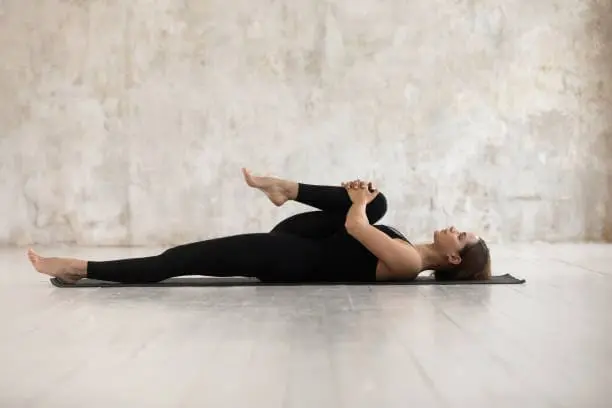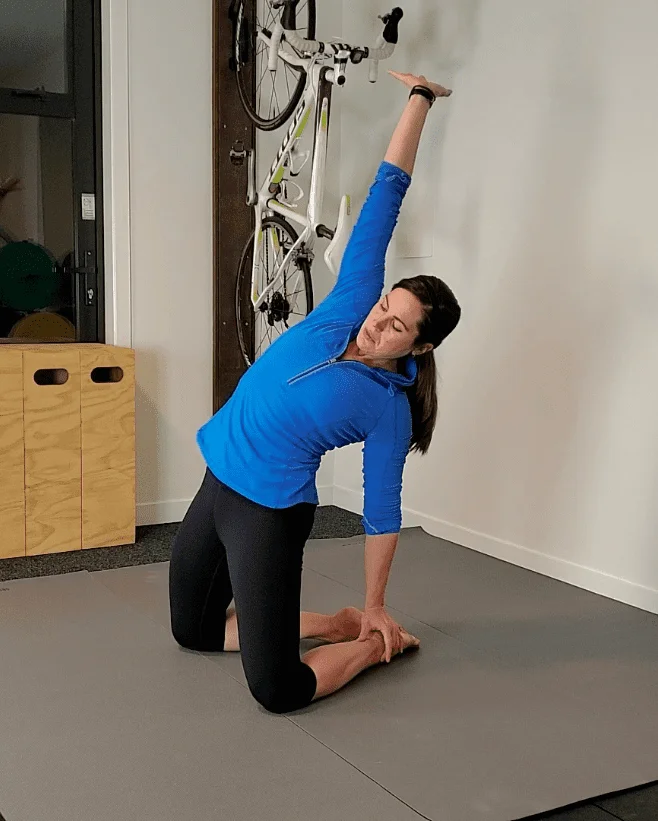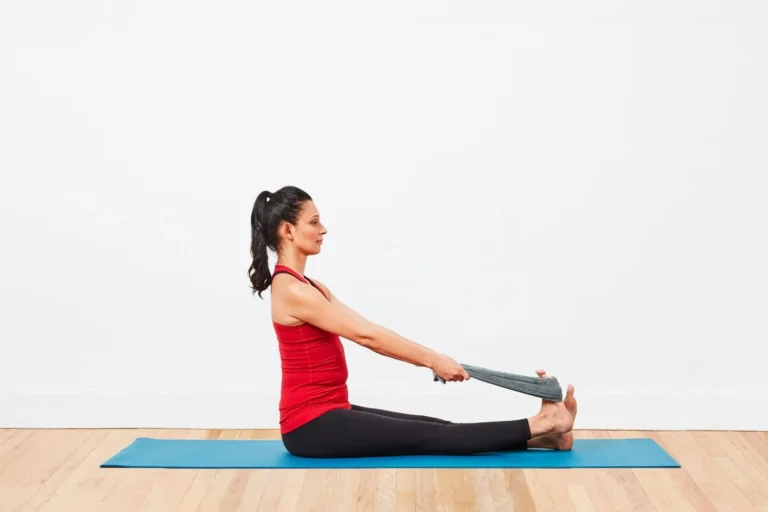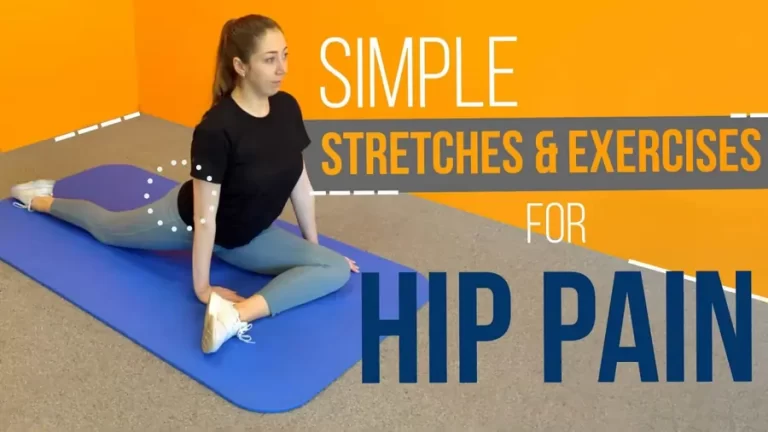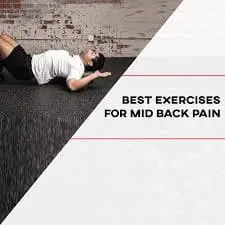Top 10 Benefits Of Stretching
Introduction
In today’s fast-paced world, we often focus on intense workouts, long hours at the desk, and endless to-do lists, leaving little time for one of the simplest and most effective wellness habits: stretching. More than simply a warm-up or cool-down, stretching is an effective way to increase flexibility, reduce stress, and promote mental and physical health.
Whether you’re an athlete, office worker, or simply looking to move more freely, incorporating a few minutes of stretching into your daily routine can lead to noticeable improvements in how your body feels and functions.
Benefits of Stretching
Improves Flexibility
Regular stretching makes it easier for your body to move smoothly. Your muscles and tendons are gradually lengthened when you stretch. This increases their flexibility over time, allowing their joints to move across a wider range of motion. This makes it easier for you to reach, bend, and twist in your daily activities, such as getting in and out of a car, reaching for a shelf, or picking something up off the floor.
Good flexibility can also improve performance for athletes or anybody participating in sports. It improves your coordination and allows your body to move more easily. By preparing your muscles and joints for rapid movements or abrupt direction changes, you can even help avoid injuries.
To put it briefly, stretching keeps your body flexible, fluid, and prepared for all that the day may offer, including daily tasks and physical activity.
Improves Posture
By enhancing your posture, regular stretching may help you sit and stand higher. Muscle imbalances, in which certain muscles are too weak and others are excessively tight, frequently cause poor posture. For instance, prolonged sitting can weaken your back muscles and tighten your chest muscles, which makes you slump.
By releasing tense muscles, stretching enables your body to revert to a more natural, upright posture. It assists in realigning your hips, shoulders, and spine, which can ease stress and lessen the strain caused by prolonged sitting or standing.
Reduces Risk of Injury
One of the best ways to keep your body safe from harm is to stretch. Stretching before exercise warms up your muscles and prepares them for movement. Because of this, they are more flexible and less prone to rip or strain whether exercising, playing sports, or even going about their daily lives.
Increases Blood Flow and Circulation
Stretching helps get your blood flowing better throughout your body. When you stretch, it encourages more blood to move to your muscles, carrying oxygen and nutrients they need to stay healthy and strong.
This boost in circulation also helps your muscles recover faster after exercise by clearing out waste products, like lactic acid, that build up during activity.
Relieves Stress and Tension
Stretching isn’t just good for your body, it also helps your mind. When you stretch, you release tightness in your muscles that builds up from stress, long hours of sitting, or physical activity. You may feel more peaceful and relaxed after this bodily release.
Stretching becomes even more calming when paired with slow, deep breathing. It lowers anxiety and tension in your mind, decreases your pulse rate, and helps you concentrate on the here and now. Just a few minutes of stretching each day can make a big difference in how your body and mind feel.
Improves Athletic Performance
Stretching is essential for improving your performance in physical activities and sports. Warming up your muscles and getting your body ready for activity are two benefits of performing dynamic stretches before working out, such as arm circles or leg swings. Increasing your strength, speed, and agility may enable you to move more quickly and forcefully during exercise or other activities.
Decrease Muscle Soreness
After an intense workout, it’s common to experience delayed onset muscle soreness (DOMS), which is the stiffness and discomfort that sets in a day or two later. This happens because your muscles have been pushed beyond their usual limits, leading to tiny tears in the muscle fibers.
Helps You Move Better and Stay Steady
It’s simpler to move fluidly and maintain your balance when your body is more flexible. As a result, you’re less likely to trip or fall when doing routine tasks like reaching, bending, and walking.
Connects Your Body and Mind
In addition to being beneficial for your muscles, stretching also makes you feel more relaxed and concentrated. It makes you focus on your body’s feelings, which can improve your mood, lower stress levels, and improve your ability to think effectively.
Healthy for Your Emotions and Mind
Experience Reduced Stress
Your body produces endorphins when you stretch. Your mind is able to rest when your muscles do.
Improve Your Mood
Your body produces hormones that make you feel good, called endorphins, when you stretch. These give you a more joyful and upbeat feeling.
More Restful Sleep
It’s easier to fall asleep and remain asleep through the night if you stretch gently before bed to help relax your body and mind.
Stretching Makes Life Easier Every Day
Facilitates Movement and Makes Tasks Easier
Stretching maintains your muscles strong and flexible, which facilitates everyday tasks like walking, standing for extended periods of time, and carrying groceries. You may do more without experiencing fatigue or stiffness when your body moves more fluidly without experiencing fatigue or stiffness.
Removes the Pain from Prolonged Sitting
Long periods of sitting at a desk or gazing at a computer can cause shoulder, neck, and back pain. Even after a long day, stretching helps your body feel more comfortable and relaxed by releasing that stiffness.
Types of Stretching
Static Stretching
What it is: sustaining a stretch for at least 30 seconds in a single posture, such as contacting and gripping your toes.
When to apply it: It aids in the relaxation and recovery of your muscles after a workout.
Stretching Dynamically
What it is: Participation in activities like walking, squats, arm circles, and leg swings that allow your muscles to move over their maximum range of motion.
When to apply it: It prepares your body for movement and warms it up before a workout.
Active Stretching
What it is: By actively using the opposite muscle, such as raising your leg and supporting it without assistance, you may stretch a muscle. When to apply it: It increases flexibility and control, whether done before or after exercise
Passive Stretching
What it is: You relax as your muscles are stretched by an external force, such as gravity, a lover, or an elastic band.
When to apply it: It aids in reducing stress and increasing flexibility, whether done during relaxation periods or after exercise.
Common Stretching Mistakes to Avoid
Typical Stretching Errors to Avoid
Stretching Without Preheating
Strains or injuries may result from attempting to stretch cold muscles. Before stretching, it’s best to take a little warm-up, such as walking or other mild exercises, to get your blood circulating.
Leaping Instead of strengthening your muscles, bouncing up and down during a stretch might actually make them worse. Hold the posture steadily and gently stretch.
Maintaining Your Breath
Although it’s simple to forget, breathing is crucial! Holding your breath causes your body to become rigid. To assist your muscles relax, try taking calm, deep breaths while you stretch.
Failure to Stretch Regularly, stretching only sometimes, is insufficient. Stretching frequently, even for just a few minutes each day, is necessary to truly experience the advantages, such as increased flexibility and decreased stiffness.
How to Start Stretching
Stretching doesn’t have to be hard or time-consuming. Your body’s sensations and movements can be significantly altered by just 5 to 10 minutes every day.
Take a Look at This Easy Beginner’s Routine (5–10 Minutes)
Perform each stretch softly and slowly. Remember to take deep breaths while holding each one for 20 to 30 seconds.
Recommended Beginner Stretches
Hamstring Stretch (Back of your legs)
With one leg bowed and the other straight, take a seat on the floor. Try reaching for your toes on the straight leg. The back of your thigh will feel stretched.
Shoulder Stretch
Cross one arm over your chest. Slowly bring it in with your other hand. Change sides.
Neck Stretch
Stand or sit upright. Your ear should be close to your shoulder as you gently tilt the head to one side. Make sure your ear is near your shoulder by tilting your chin gently to one side.
Stretching the Calf
Face a wall. Retrace a step by pressing your heel into the ground. Make sure your front knee is bent and the back leg is straight.
Advice for beginners
- Start by moving lightly, such as by walking slowly.
- Stretch gently; you should experience a stretch instead of pain.
- A little each day is preferable to a lot once a week, so stay consistent.
- To remain calm and in the moment, pay attention to your breathing.
Conclusion
Keep in mind that stretching for a few minutes each day may have a significant impact on how your body feels and functions. Being regular and incorporating stretching into your daily routine is more important than engaging in strenuous exercise or spending hours on the practice.
Begin with easy, short stretches and continue. You’ll gradually feel less muscular tension, better posture, and increased flexibility. It’s important to be consistent; even one workout each day has big benefits!
FAQs
Why is stretching important?
Maintaining your muscles’ strength, flexibility, and health is facilitated by stretching. It supports better movement, reduces the risk of injury, and can relieve muscle tension and stiffness.
Can stiffness or discomfort be reduced by stretching?
Indeed! Particularly in regions like the neck, shoulders, and lower back, which are frequently impacted by prolonged sitting or bad posture, stretches help ease soreness and reduce muscular tension.
Is stretching more beneficial before or after exercise?
Warm up your muscles with dynamic stretching before working out, then chill down and aid in muscle recovery with static stretching afterward.
Can I get better posture by stretching?
Can I get better posture by stretching?
True! Frequent stretching helps improve alignment and release tense muscles, particularly in the hips, shoulders, and neck, all of which have an impact on posture.
Does stretching improve my quality of sleep?
Yes, particularly if you stretch at night. Stretching gently before bed will help you unwind mentally and physically, which can facilitate falling asleep.
Does stretching improve mental health and reduce stress?
Of course. Stretching promotes relaxation and deep breathing, which can reduce tension, anxiety, and make you feel more at ease and concentrated.
References
- Lindberg, S. (2025, May 12). 9 Benefits of stretching. Healthline. https://www.healthline.com/health/benefits-of-stretching
- Top 10 benefits of stretching. (2014, October 7). ACE Blog. https://www.acefitness.org/resources/everyone/blog/5107/top-10-benefits-of-stretching/
- Types of stretching. (2012, November 19). https://www.acefitness.org/fitness-certifications/ace-answers/exam-preparation-blog/2966/types-of-stretching/?srsltid=AfmBOorpiWNfjAY8aZ5eKpIctW7eopdlbOdTmG4DVX9GTx70OcT5mWsn
- Stretch. (n.d.). Stretch 22 – What are the most important rules when stretching? | Seattle. Stretch 22. https://stretch22.com/what-are-the-most-important-rules-when-stretching/


